THE Taskforce that has conducted more than 2300 assessments for the safety of cladding, following the Grenfell Tower inferno, do not actually identify the cladding type or its compliance with the National Construction Code NSW Emergency Services minister Troy Grant has admitted.
An investigation conducted by Carroll and O’Dea Lawyers has questioned the methods used in the statewide audit by a joint NSW Government and NSW Fire and Rescue Taskforce.
The Taskforce undertook thousands of assessments of buildings across the state over the past year. It was established to conduct an audit identifying buildings likely to contain aluminium cladding.
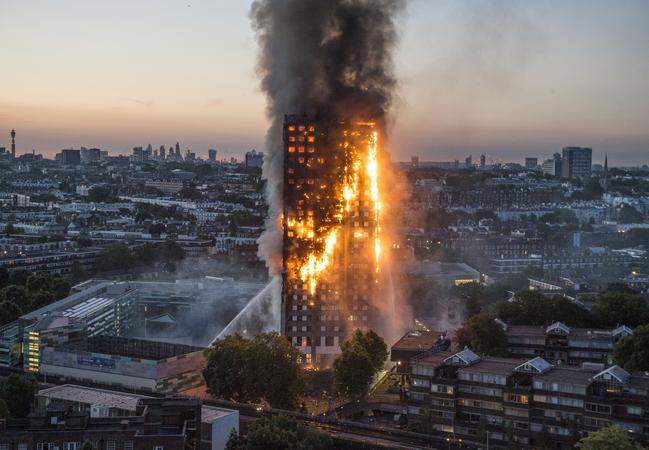
However, NewsLocal can reveal the Taskforce has conducted more than 2300 operational firefighting assessments, which do not identify the type of cladding or its compliance with the National Construction Code, despite the audit being established to determine whether buildings are safe.
During a Budget Estimates meeting in August, NSW Emergency Services minister Troy Grant confirmed the assessment conducted by FRNSW “did not identify the types of cladding used” on specific sites.
“Fire and Rescue NSW has a limited role in enforcing the NSW Government’s new ban on combustible cladding,” Mr Grant said.
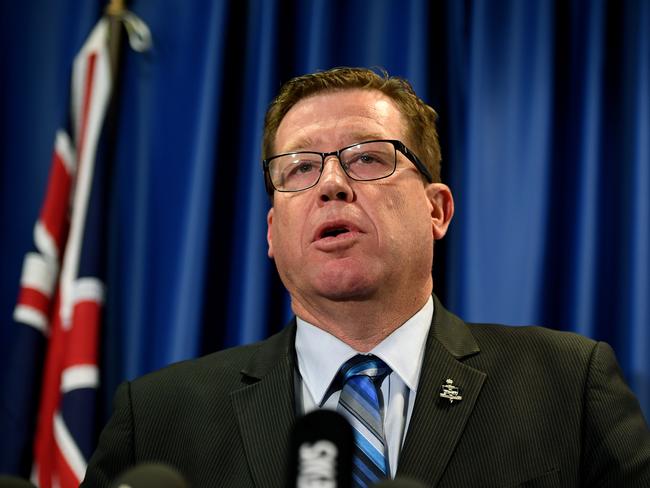
In September, after a Taskforce review of 185,000 buildings and 2300 inspections, NSW Better Regulation Minister Matt Kean revealed more than a dozen councils across the state failed to respond to urgent requests to investigate buildings deemed to be of high fire risk.
Under the Taskforce investigation, 435 buildings were identified as potentially high risk.
Carroll and O’Dea Lawyers special counsel Ben Robertson is leading the investigation into methods used by the government Taskforce.
“What is clear is that the inspection and identification of buildings with potentially
combustible cladding in NSW is inconsistent; with consent authorities and agencies passing
responsibility to each other,” Mr Robertson said.
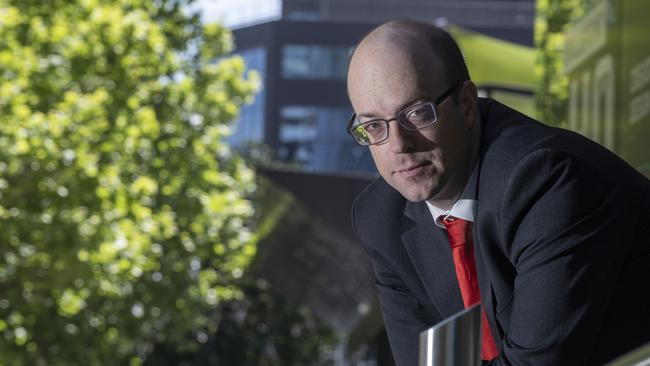
“Crucially, the lead government agency responsible for managing fire risk in the state says
that its inspections are not related to identifying combustible materials.
“This is despite a statewide audit of combustible cladding being announced in the wake of
the Grenfell disaster and the introduction of the Building Product Use ban in August 2018.”
Mr Robertson said it was up to building owners and body corporates to ensure the safety of residents.
“Failure to act now may lead to liability if a fire occurs and could have an impact on relevant insurance policies,” he said.
“There is also a clear role for government to assist by ensuring the inspection and audit process is co-ordinated across agencies and consent authorities to deliver a consistent picture of the risk faced across NSW.”
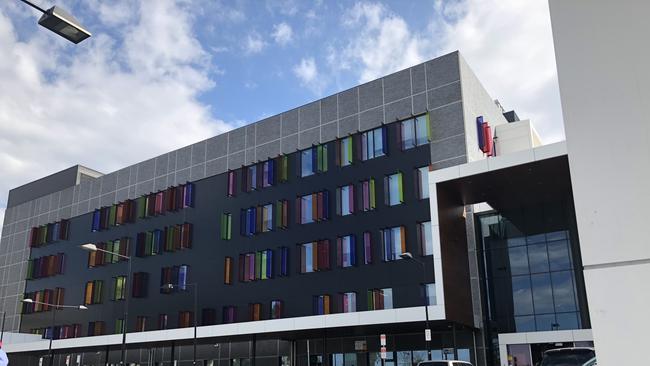
A spokesman for the NSW Government Cladding Taskforce declined to answer questions around methods used to identify the type of cladding, or its compliance with the National Building Code.
The spokesman said FRNSW officers attended each of the 2,300 sites inspected and conducted an operational assessment “based on their observations of the building and any cladding installed”.
“These assessments include observing the amount of cladding installed and its position on the building, for example whether it covers multiple storeys, or whether it surrounds fire exits,” the spokesman said. “To date, 440 buildings have been assessed as requiring further assessment based on Fire and Rescue’s inspections.
“Sites requiring further assessment have been referred to the consent authority, which is responsible for assessing fire safety provisions.”
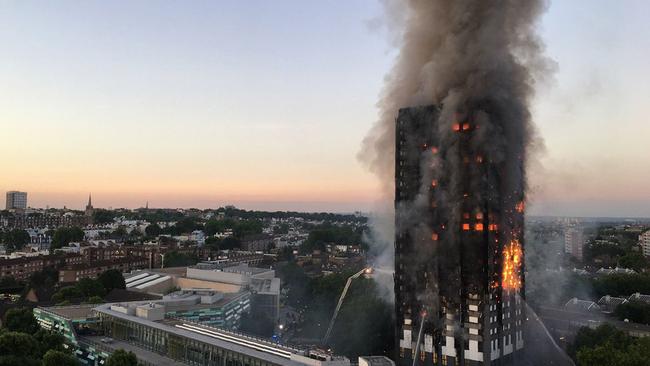
The spokesman said “pre-incident plans” were development by NSW Fire and Rescue for each of the sites requiring further assessment, as well as implementing increased alarm response protocols “so that appropriate firefighting resources can be deployed in the event of a fire”.
The Taskforce would not provide a breakdown of inspection locations across NSW.
BCA Logic director and fire safety specialist Allan Harriman said the response from the Taskforce has been a positive step to rectifying a global issue.
“An audit is important because we have a potentially non-complying product being used on buildings and the most reliable way to identify this product is an inspection of each and every one,” Mr Harriman said. “There are cases where a good product has been substituted with a bad product, so we cant just take the builder or developers word for it.”
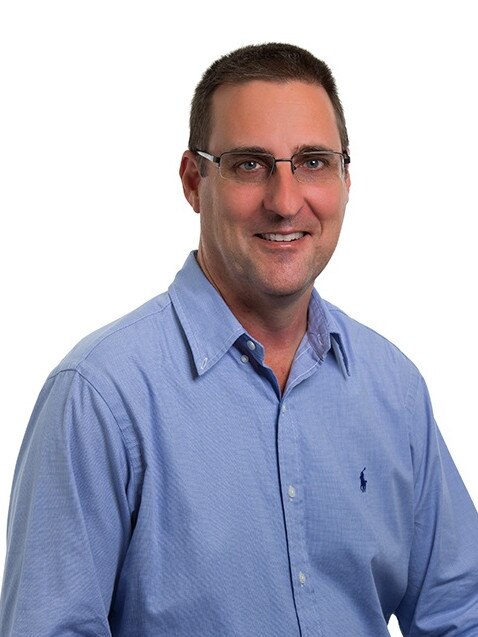

Mr Harriman supported Mr Kean’s calls for a universal branding for cladding products to identify materials.
About 50 per cent of suppliers already stamp their products, but the other half are not, he said.
“It is important to understand that this is going to be a long process and legislation changes are an important step that has already occurred,” he said.
“We are now determining the risk of each building and there really is a race against time to fix this because buildings could catch alight and there could be devastating repercussions of this.”
The Taskforce revealed most of the potentially higher risk sites are located within the greater Sydney metropolitan area — including Wollongong, Newcastle and the Central Coast — and a small number of larger regional centres.
Reviews on flammable cladding began across the country following London’s Grenfell Tower blaze which killed 72 people in June last year.
Combustible external cladding on the tower was found to have played a major part in the fire rapidly spreading through the building and killing the residents trapped inside.


Add your comment to this story
To join the conversation, please log in. Don't have an account? Register
Join the conversation, you are commenting as Logout